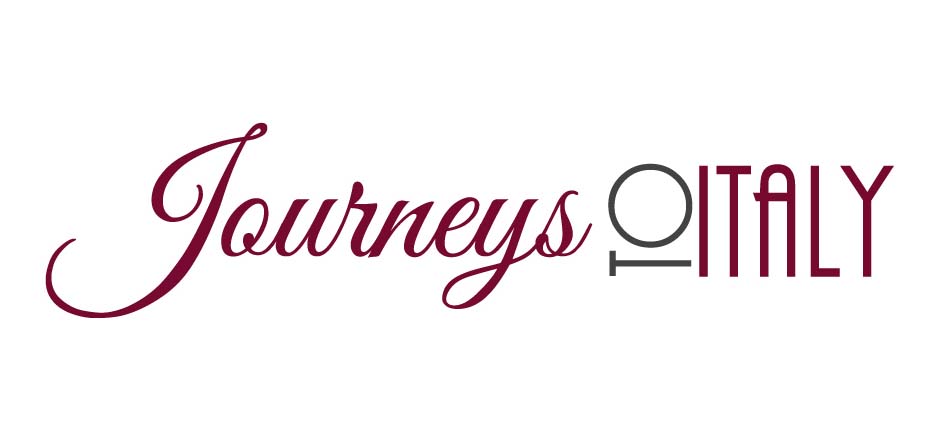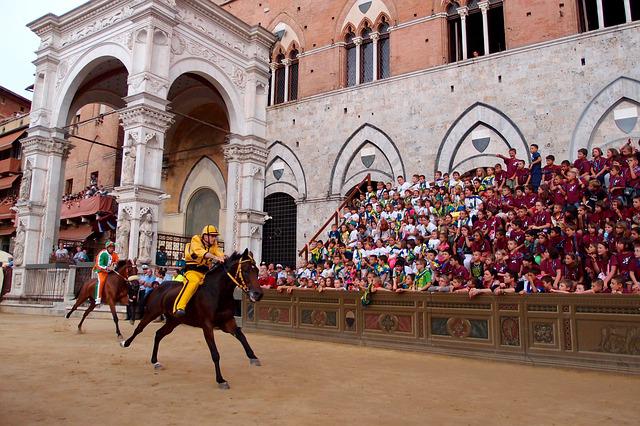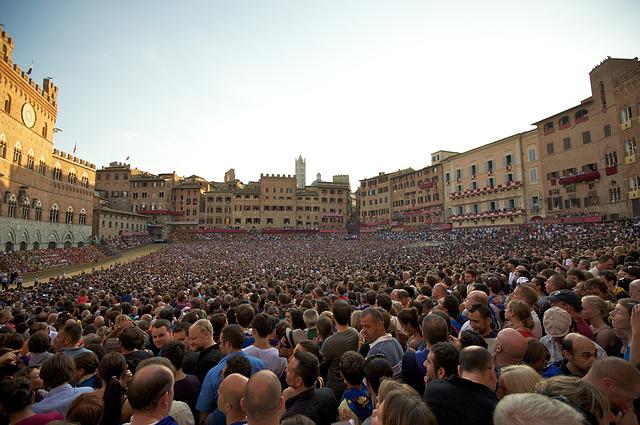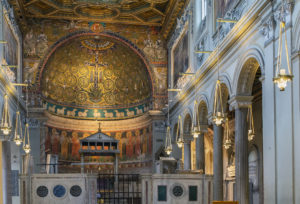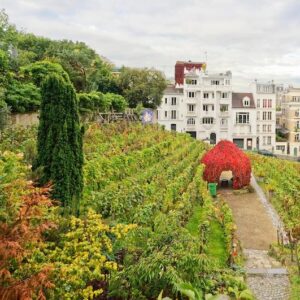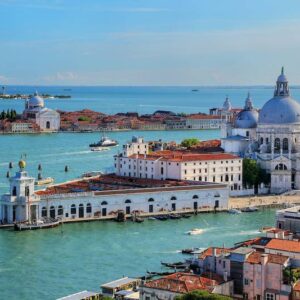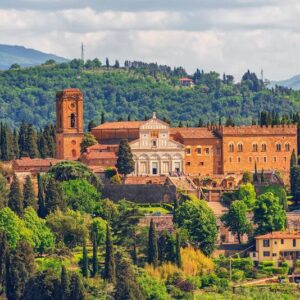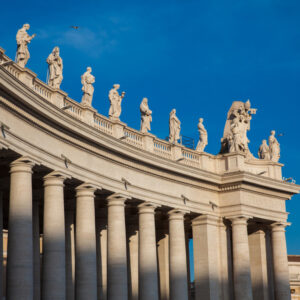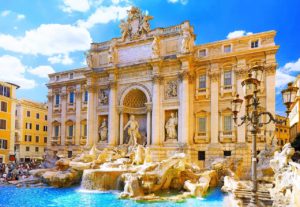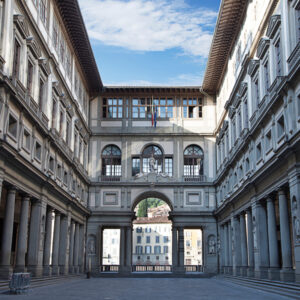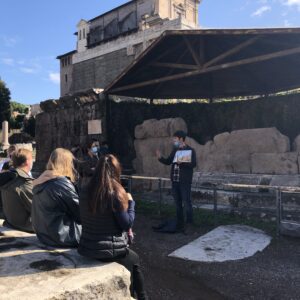The Palio is not an event exhumed and organised for tourist purposes: it is the life of the Sienese people over time and in its various aspects and feelings. It has remote origins, with some regulations still valid today since 1633, the year in which the first Palio with horses is documented with certainty, as it still is, in continuity that has never been interrupted (with the exception of the period of the two world wars of the 20th century).
The history of the Palio di Siena
The territory of the City is divided into seventeen Contrade with boundaries established in 1729 by the Bando di Violante di Baviera, Governor of the City.
Each Contrada is like a small state, governed by a Seggio headed by the Prior and guided in the ‘joust’ by a Captain, assisted by two or three contradaioli called ‘mangini’ or ‘tenenti’.
It owns, within its territory, a Church, known as the “Oratorio”, with its official headquarters attached, and a Museum, where all its heritage is kept: relics, victory drapes, costumes of the Comparsa – those in use and many of ancient date – flags, archives and everything else concerning the life of the Contrada itself.
This leads to the morning of 29 June (for the July Palio) or the morning of 13 August, when the intense four days of preparation for the Palio begin.
The complex mechanism of the festival reaches its completion with the bursting of the mortar that announces the exit of the horses from the Entrone. Each jockey is given an ox-bone with which he can incite his horse or obstruct his opponents during the race. They then proceed to the ‘mossa’, the point where two ropes are stretched between which horses and jockeys will be called to line up. The order of entry is established by fate, in fact the Contrade are called according to the order in which they are drawn, decided secretly and declaimed aloud by the mossiere. Absolute silence reigns in the Piazza. The tenth and last one, on the other hand, will enter in a ‘run-up’ order when it is considered most opportune, thus deciding the moment of departure. If the start is not valid, a burst of the mortar will stop the horses. The latter will have to complete three laps of the track for about 1,000 metres and only the first to arrive will be reserved for the glory of victory. The winner, however, is the horse, in fact it can also arrive ‘shaken’, i.e. without a jockey.
The celebrations begin immediately: the contradaioli receive the Palio and with it they go to the Basilica of the Madonna di Provenzano (for the July Palio) or to the Cathedral (in August) to sing the Maria Mater Gratiae of thanksgiving to the Madonna. From then on, every occasion will be a good one to remind the city of the victory conquered on the Campo, until the autumn, when, between September and the first days of October, the ‘victory dinner’ will be held in the festively decorated victorious district, attended by thousands of contradaioli and, in the place of honour, the victorious horse, a truly admired hero.
The complex mechanism of the festivity reaches its completion with the bursting of the The Palio di Siena is a centuries-old celebration in which the entire Sienese people spontaneously participate without the need for an official organisation to coordinate the various services. For this reason, even the sale of seats in the grandstands, balconies and windows is carried out individually by the respective owners, who often have shops overlooking the Piazza del Campo or homes in the adjacent streets.
